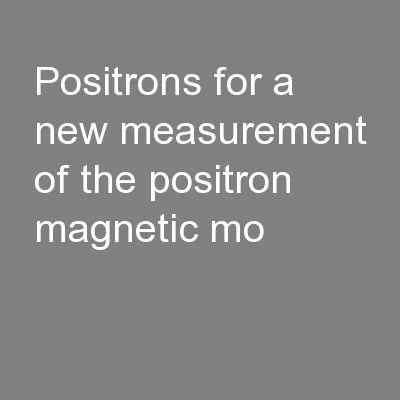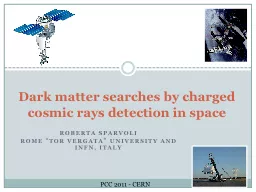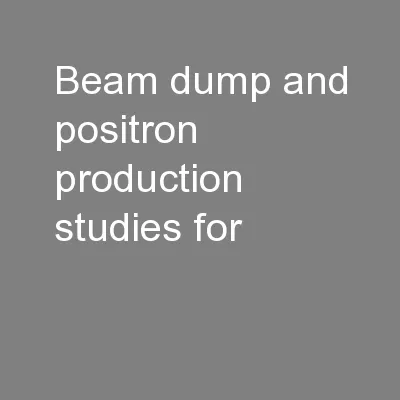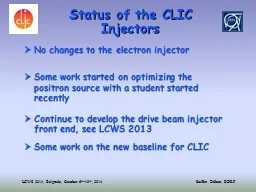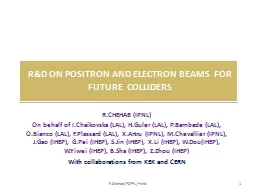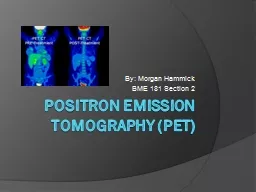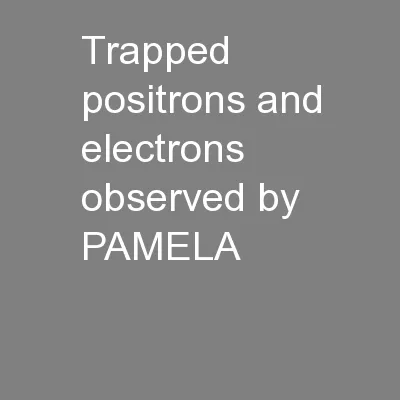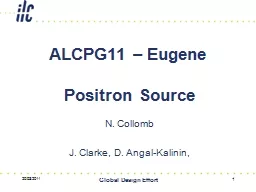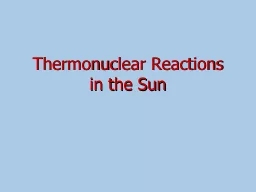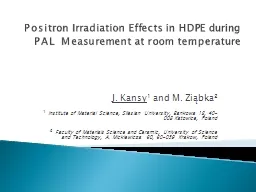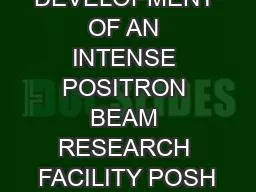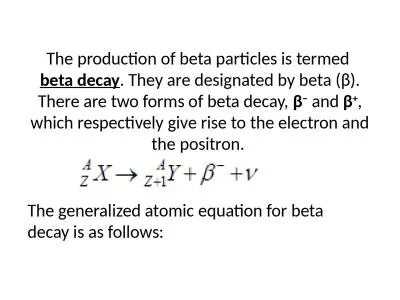PPT-Positrons for a New Measurement of the Positron Magnetic Mo
Author : conchita-marotz | Published Date : 2016-06-20
Shannon Fogwell Hoogerheide Lepton Moments 2014 July 21 2014 Acknowledgements 2 Prof Gerald Gabrielse Elise Novitski PhD in progress Joshua Dorr 2013 Shannon
Presentation Embed Code
Download Presentation
Download Presentation The PPT/PDF document "Positrons for a New Measurement of the P..." is the property of its rightful owner. Permission is granted to download and print the materials on this website for personal, non-commercial use only, and to display it on your personal computer provided you do not modify the materials and that you retain all copyright notices contained in the materials. By downloading content from our website, you accept the terms of this agreement.
Positrons for a New Measurement of the Positron Magnetic Mo: Transcript
Download Rules Of Document
"Positrons for a New Measurement of the Positron Magnetic Mo"The content belongs to its owner. You may download and print it for personal use, without modification, and keep all copyright notices. By downloading, you agree to these terms.
Related Documents

